Sensory Processing: Noise Sensitivity, Causes and Solutions
What is Noise Sensitivity?
Noise sensitivity is a common issue for many people. Studies suggest that anywhere from 30% to more than 90% of individuals with autism experience some form of sensory hypersensitivity or under-responsiveness, with sound sensitivity being one of the most prevalent. One of the most commonly reported sensory sensitivities is sensitivity to sounds (Studies include: Baranek et al. 2006; Haesen et al. 2011; Jones et al. 2009; Kern et al. 2006; Kientz and Dunn 1997; Tomchek and Dunn 2007 all cited in Kuiper 2019). Studies, clinical observations, and autobiographies show that people with ASD perceive certain sounds as more intense. For instance, certain frequencies can be extremely annoying (e.g., computer fan), loud noises can be painful (e.g., fog horn, fire alarms) and combined sounds such as multiple people talking to each other at once can be overwhelming (Robertson et al. 2018).
For autistic individuals, sound sensitivity can be particularly challenging, as it can make it difficult to navigate everyday life. Certain noises can be overwhelming and cause physical discomfort. This can lead to increased stress, anxiety, and even physical pain, making it difficult to focus, communicate, and interact with others. Many products exist to block noise but sometimes reducing the volume isn’t the answer.

This is something we need to be fully aware of in the classroom environment. There are ways we can support our pupils. By understanding the causes of sound sensitivity and implementing strategies to mitigate its effects we can reduce the level of distress faced by our pupils.
If a pupil is blocking their ears or complaining of a noise take a moment to listen. Too often I have heard an adult attempt to reassure a child that “It is quiet” or “There is no noise”. You need to validate the concern. You may not be able to hear it or you may be listening for the wrong or loudest thing.
Sensory Processing & Noise Sensitivity
Noise sensitivity, also known as hyperacusis or an issue with loudness perception, is a similar condition where individuals experience an abnormal sensitivity to sounds. It can be caused by a variety of factors, including neurological disorders, hearing loss, and exposure to loud noises. In individuals with autism, sound sensitivity is often linked to sensory processing issues.
Autistic people experience sensory processing differences, which can make certain sounds unbearable. They may be over-sensitive or under-sensitive to specific sights, sounds, smells, or textures. According to the National Autistic Society, “if you are autistic, you may find everyday sounds painful or overwhelming.”
How does noise sensitivity affect autistic children in the classroom?
Certain noises can be physically painful or overwhelming, leading to anxiety, distress, and even meltdowns. Others may become agitated or irritable in response to sounds that they find annoying or distracting. This will impact on their readiness to learn.
It is thought that this heightened sensitivity is due to differences in the way the brain processes sound, which can cause certain noises to be perceived as louder or more intense than they actually are.

Robertson 2018 in interviews with autistic people found that they commonly experience sensitivity to various sounds, including the buzzing from TVs and the squeaking of shoes on the floor. Loudness was the most severe cause of distress, with many participants reporting adverse effects and needing to withdraw from overwhelming noise levels. Both high and low-pitched sounds were difficult to cope with, with sudden noises causing anxiety. Repetitive or fluctuating noises were also reported as unpleasant, increasing discomfort and annoyance.
Physical Response to Noise
When exposed to loud or unexpected noises, autistic individuals may experience a range of physical symptoms, such as increased heart rate, sweating, and muscle tension. These physiological responses can exacerbate feelings of anxiety and agitation, making it difficult for individuals to focus or engage in learning.
It is important to note that noise sensitivity can vary widely among autistic individuals, and what may be overwhelming for one person may not be an issue for another. Some individuals may be more sensitive to certain types of sounds, such as high-pitched noises or sudden loud noises, while others may have difficulty processing background noise or multiple sounds at once.
The Impact of Noise Sensitivity on School Life
The bombardment of auditory stimuli in a school can lead to sensory overload, making it difficult for autistic people to process information and interact with the world around them.
Playtime
Noise sensitivity can make social situations, such as playtime, unbearable for autistic people. Excited shouting, chatter, bouncing balls, and background noise can be overwhelming, causing sensory overload and anxiety. This can lead to social isolation and challenges forming relationships. Many schools now run lunch clubs inside with a lower arousal environment to facilitate positive peer interactions. These can reduce “challenging behaviour” and make sure pupils are more regulated in the afternoons.
Learning and School
Noise sensitivity can also impact autistic people’s ability to complete planned activities and learn. In a noisy classroom, it can be difficult to concentrate and process information. This can lead to poor academic performance and can make it challenging to succeed in setting that won’t make reasonable adjustments.
Sensory Overload
Sensory overload is a common experience for autistic people with noise sensitivity. It occurs when an individual is exposed to too much sensory information, causing them to feel overwhelmed and unable to process information. This can lead to physical discomfort, anxiety, and meltdowns.
What can be done to help Pupils with Noise Sensitivity?
7 Ways to provide support for a child with sensory processing difficulties, specifically related to noise sensitivity:
- Create a Sensory-Friendly Classroom Environment: One of the most important things that teachers can do to help children with sensory processing difficulties is to create a sensory-friendly classroom environment. This includes minimising while providing quiet spaces for the child to work.
- Explain the noise: Sometimes children are wary of unfamiliar or unknown noises. Let them explore the source of the noise. Look out of the window at the helicopter flying over etc.
- Use Noise-Cancelling Headphones: Noise-cancelling headphones can be an effective tool for reducing background noise and helping the child to focus on the task at hand. They can also be used to help the child cope with unexpected or sudden noises in the classroom. These have a memory card slot so can be loaded with a calming noise or white noise that may add another layer of support.
- Provide a Sensory Break: Sensory breaks can be an effective way to help children with sensory processing difficulties cope with overstimulation. A sensory break could include physical activities such as jumping jacks, push-ups, or stretching exercises. Alternatively, the child could be given a quiet space to rest and relax for a few minutes.
- Be Mindful of Classroom Activities: Certain classroom activities, such as music or art classes, may be particularly challenging for children with sensory processing difficulties. Teachers should be mindful of the child’s needs and adjust the activity accordingly. For example, the music volume could be lowered, or the child could be given noise-cancelling headphones to wear during the activity.
- Develop a Sensory Diet: A sensory diet is a personalised plan that outlines specific activities and strategies to help the child regulate their sensory system. This could include activities such as deep pressure massage, chewing gum, or fidget toys. This doesn’t have to focus on auditory stimuli.
- Seek Professional Support: If a child is struggling with sensory processing difficulties, it is important to seek professional support from an occupational therapist or other healthcare professional. They can provide additional strategies and tools to help the child cope with noise sensitivity in the classroom.
Environmental modifications
One way to help individuals with noise sensitivity is to make environmental modifications. This can include reducing background noise, using sound-absorbing materials, and creating a calming environment. For example, using curtains or blinds to block out external noise, or using white noise machines can help reduce noise sensitivity. The Yoto player we use in our house has a range of options for playing white or yellow noise.
Sensory tools and techniques
Another way to help individuals with noise sensitivity is to use sensory tools and techniques. These can include earplugs, noise-cancelling headphones, or weighted blankets. These tools can help reduce the impact of noise on the individual and help them feel more comfortable in noisy environments. It is important to note that not all individuals with noise sensitivity will respond to the same tools and techniques, and it may take some trial and error to find the right ones.
Therapy and support
Finally, therapy and support can be helpful for individuals with noise sensitivity. Cognitive-behavioral therapy (CBT) can help individuals learn coping skills and how to manage their emotions. Occupational therapy can help individuals learn how to self-regulate and manage their sensory input. We have many headphones etc but the child needs to be taught and shown the value of these. There are now many new discrete noise blocking headphones on the market.
It is important to note that there is no one-size-fits-all solution for noise sensitivity in autistic individuals. It may take a combination of environmental modifications, sensory tools and techniques, and therapy and support to help individuals manage their noise sensitivity and improve their quality of life.
References:
Elwin, M., Ek, L., Schröder, A., & Kjellin, L. (2012). Autobiographical accounts of sensing in Asperger syndrome and high-functioning autism. Archives of Psychiatric Nursing, 26(5), 420-429.
Kuiper MWM, Verhoeven EWM, Geurts HM. Stop Making Noise! Auditory Sensitivity in Adults with an Autism Spectrum Disorder Diagnosis: Physiological Habituation and Subjective Detection Thresholds. J Autism Dev Disord. 2019 May;49(5):2116-2128. doi: 10.1007/s10803-019-03890-9. Accessed online 13th April 2023
Pfeiffer, B. Erb, SR. & Slugg, L.(2019) Impact of Noise-Attenuating Headphones on Participation in the Home, Community, and School for Children with Autism Spectrum Disorder, Physical & Occupational Therapy In Pediatrics, 39:1, 60-76,
Robertson, A. E., & Simmons, D. R. (2018). The relationship between self-reported sensory experiences and autistic traits in the general population: A mixed methods analysis. Focus on Autism and Other Developmental Disabilities, 33(3), 182-192. Accessed Online 13th April 2023

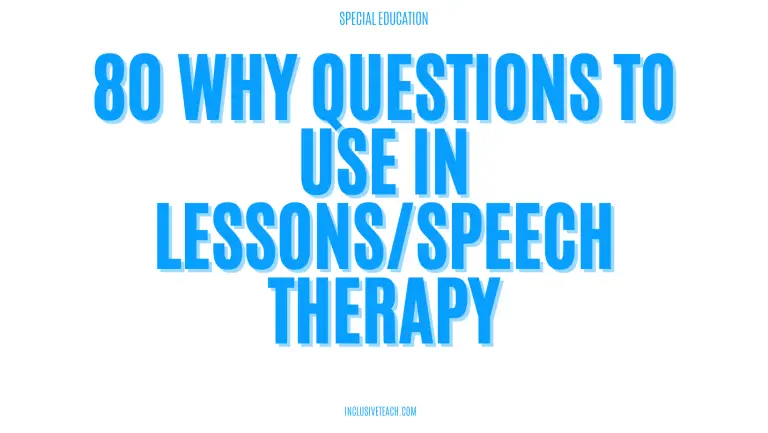
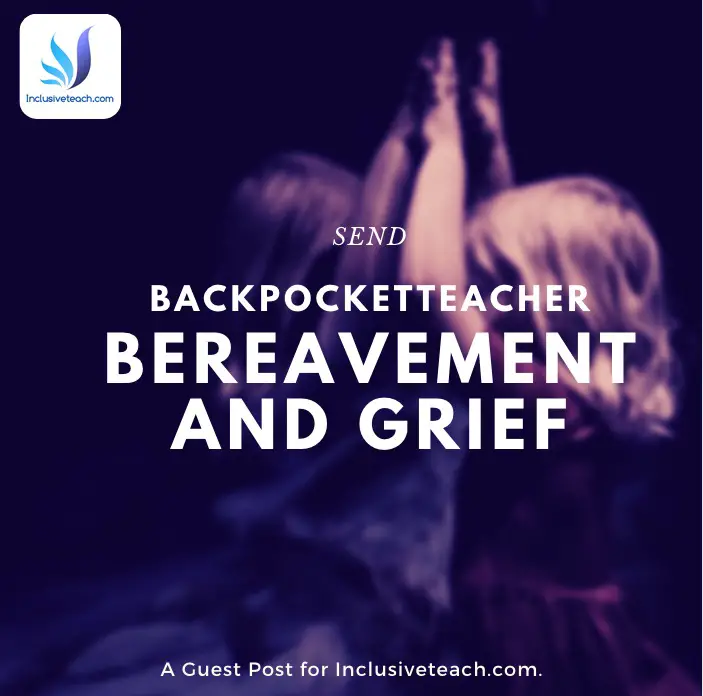
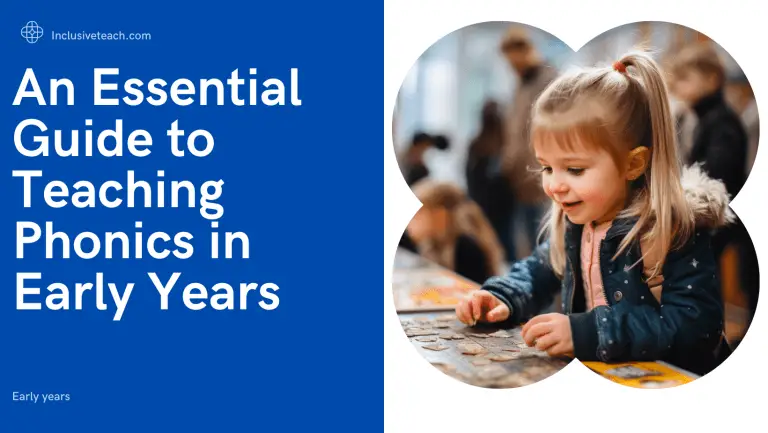
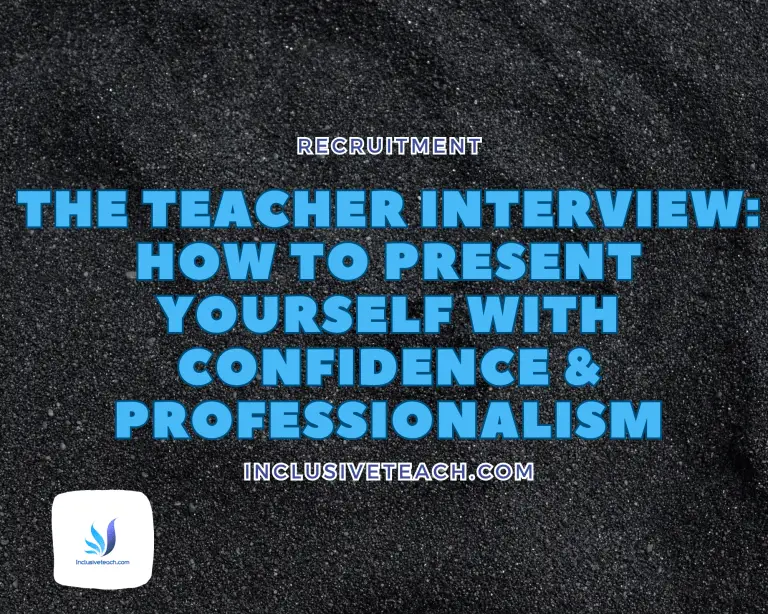

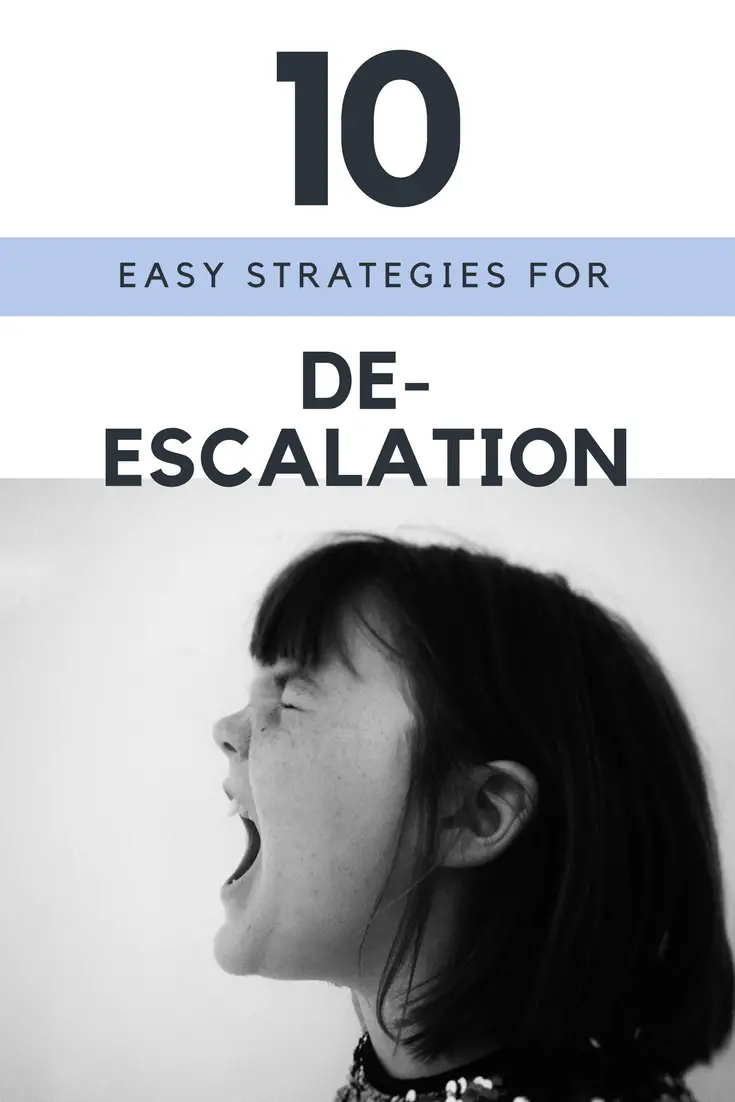
2 Comments